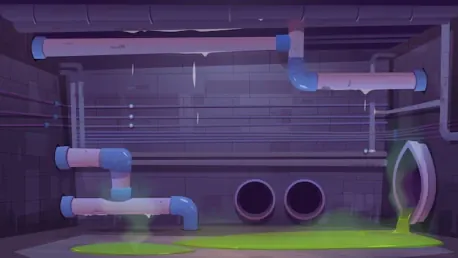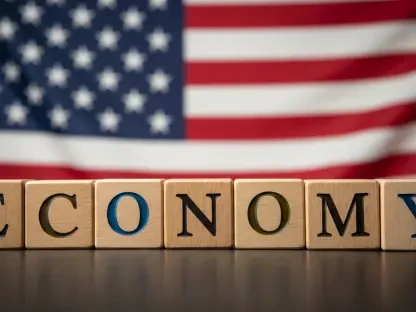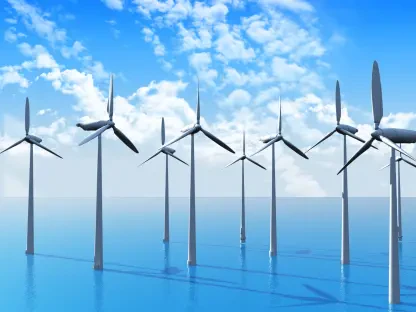upklyakGreat Falls faces critical decisions concerning the funding required to conduct extensive utility upgrades and infrastructural developments. With aging water, sewer, and stormwater systems, the city commissioners are deliberating on strategies, including potential rate increases, to address these pressing financial needs. The estimated replacement value of Great Falls’ utility infrastructure is about $2 billion, pointing to a considerable investment needed for both maintenance and improvements. Deferred maintenance and paused fee increases during the COVID-19 pandemic have only amplified the city’s challenges.
Federal regulations, rising costs for electricity and chemicals, and the conclusion of federal COVID relief funds are significant factors contributing to the increased expenses faced by the city’s utility systems. These rising costs, coupled with the need for extensive infrastructural work, require the City Commission to carefully consider how to generate necessary funds while maintaining affordability for residents.
Utility Infrastructure and Financial Needs
Great Falls is currently grappling with inadequate revenue from its water, sewer, and stormwater services when it comes to meeting the operational and maintenance expenses. This financial shortfall has sparked discussions about possible rate adjustments to bridge the gap. The utility staff proposed a substantial 30% increase in water fees to maintain the current level of service efficiently. Alongside this, a phased approach involving 10% rate increases for water, sewer, and stormwater systems is under consideration. This incremental strategy aims to generate an additional $1.7 million in yearly revenue, thereby aiding in ongoing expenses and deferred maintenance projects.
The financial calculus underpinning these rate adjustments considers the high operational costs driven by electricity prices, union contracts, and chemical price hikes. Moreover, the potential tariffs on essential chemicals contribute to the rising operational costs. These are key factors forcing the city to revisit its rate structures urgently. The pause in fee increases during the pandemic has compounded these challenges, bringing the necessity for substantial rate revisions into sharp focus.
Proposed Rate Adjustments and Studied Needs
As the city confronted increasing operational costs and demands for infrastructure improvements, it became evident that costly developmental projects often fall on Great Falls. To manage these financial burdens more equitably, city officials are proposing the renegotiation of cost-sharing arrangements with developers. This strategy aims to ensure that both developers and the city contribute fairly to infrastructure expansion costs. Incremental rate increases offer a practical solution to avoid overburdening residents with sudden, massive hikes. City officials underscore that such phased adjustments are crucial for ensuring both financial viability for infrastructure improvements and affordability for residents.
Policy considerations revealed in these discussions highlight that current revenue streams from utility services are far from sufficient to meet the growing needs for maintenance and development. The proposed rate increases reflect a carefully studied necessity, aiming not only to cover immediate operational costs but also to proactively address deferred maintenance projects that, if ignored, could lead to far greater expenditure down the line.
Master Plans and Long-Term Solutions
The strategic execution of Great Falls’ water master plan, along with the recent completion of a stormwater master plan, represents the city’s proactive steps toward managing infrastructure effectively. These master plans serve as guiding documents for utility rate determinations and improvement projects. Aligning rate changes with long-term planning ensures that Great Falls can meet future development requirements without compromising service affordability for current residents. This approach underscores the city’s commitment to balancing immediate needs with sustainable growth.
These carefully crafted master plans are designed to provide a strategic framework for the city’s utility enhancements. By outlining specific goals, priorities, and timelines, the master plans facilitate a structured approach to infrastructure development, helping city officials make informed decisions regarding rate adjustments and resource allocation. These plans are key to ensuring that Great Falls can maintain reliable and robust utility systems while accommodating urban expansion effectively.
Challenges of Development
Supporting new development within Great Falls presents significant financial and infrastructural challenges, particularly when it involves enhancing or replacing aging systems in older parts of the city. Developers often anticipate that municipalities will bear or significantly contribute to the costs required for infrastructure expansions necessary for their projects. This expectation can strain the city’s financial resources, underscoring the need for revised cost-sharing structures.
Infill development, which makes efficient use of existing infrastructure, also poses challenges despite its advantages. While it reduces strain on the public safety system and utilizes current utility lines effectively, infill development often necessitates costly updates to aging systems to accommodate increased demand. Thus, striking a balance between supporting new development and maintaining existing infrastructure integrity is critical for Great Falls.
Balancing Costs and Growth
Navigating the delicate balance between promoting urban growth and maintaining affordable utility rates for residents is a complex task for city officials. Reliable and robust infrastructure is essential to prevent issues such as water main breaks, which have plagued the city previously. Mayor Cory Reeves and city commissioners have shown cautious support for incremental rate increases, emphasizing the importance of understanding how other municipalities effectively manage similar infrastructure challenges.
The balanced approach to funding infrastructure, coupled with insights from other municipalities’ strategies, could offer a sustainable path forward for Great Falls. By implementing gradual rate increases and exploring shared financial responsibilities with developers, the city aims to foster growth while ensuring the financial stability of its utility systems.
Public Involvement and Implementation
City staff have recommended a 10% increase for each utility service as a step toward bridging the gap between expenses and revenue, while avoiding burdensome rate hikes that could impact residents significantly. To ensure a transparent and systematic approach, the proposed rate changes include an implementation timeline involving public hearings and synchronization with fiscal year planning.
Recognizing the urgency of the situation, the City Commission has opted to delay setting the public hearing date to allow for further discussions and thorough considerations. These discussions aim to comprehensively address the city’s needs and explore viable solutions for funding essential utility upgrades. Public involvement and thoughtful deliberations are crucial in achieving a balanced and equitable resolution.
The discussions and proposals reflect the city’s commitment to ensuring robust infrastructure while maintaining affordability for its residents. As Great Falls continues to navigate these financial challenges, the emphasis remains on strategic planning, equitable cost-sharing, and informed decision-making to foster sustainable growth and development.









